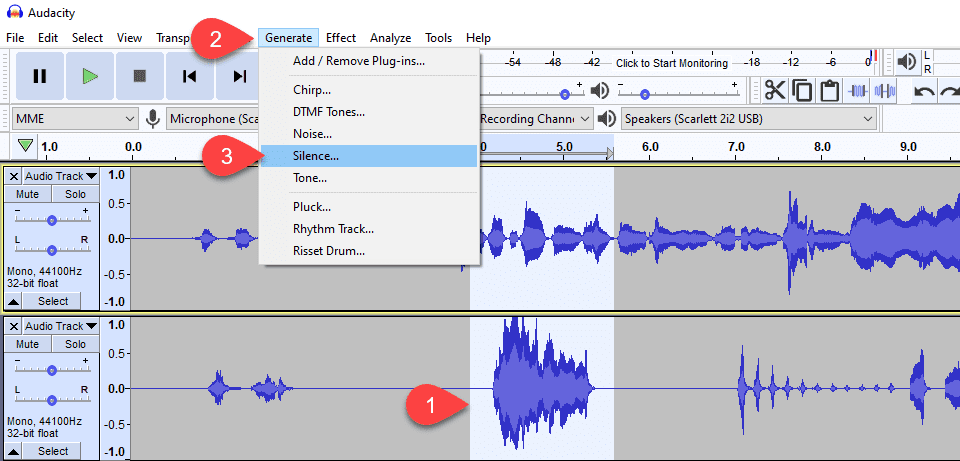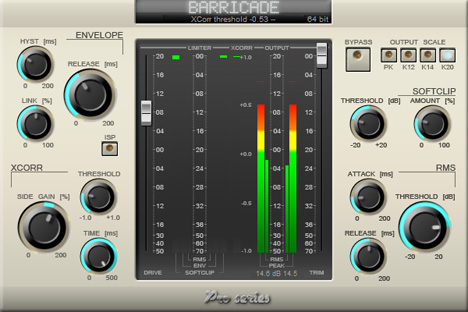

This is the biggest difference you’ll find between a compressor and a limiter.


The ratio setting on an audio limiter (also known as a sound limiter) is usually set at 20:1 or higher, going up to infinity:1 (∞:1). A compressor can also be used as a limiter if you set it up with certain settings. You’ll find dedicated limiters in most studios these days, both as hardware devices and as software plugins, and your own home studio DAW will likely have numerous limiter plugins included with it. You can set the limiter so that it catches and prevents any of the signal from clipping and distorting – it’s a very useful way to ensure your recording signal doesn’t go ‘into the red’. I usually find myself using a very gentle limiter when recording things like vocals or guitars. A compressor gradually reduces the signal level above a certain threshold, but a limiter completely prevents a signal from going over a specified setting – a limit that nothing can go over. The audio limiter is a very similar tool to the audio compressor in that it reduces the dynamic range of a signal that passes through it.


 0 kommentar(er)
0 kommentar(er)
